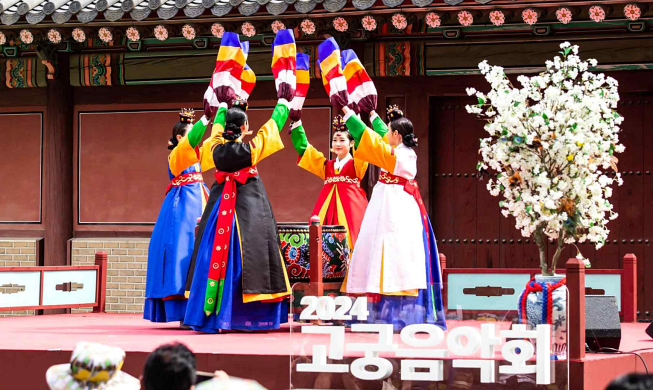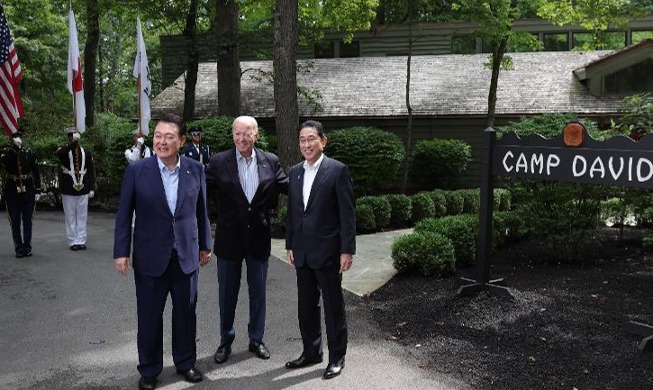-
 Korea.net's 24-hour YouTube channel
Korea.net's 24-hour YouTube channel- NEWS FOCUS
- ABOUT KOREA
- EVENTS
- RESOURCES
- GOVERNMENT
- ABOUT US

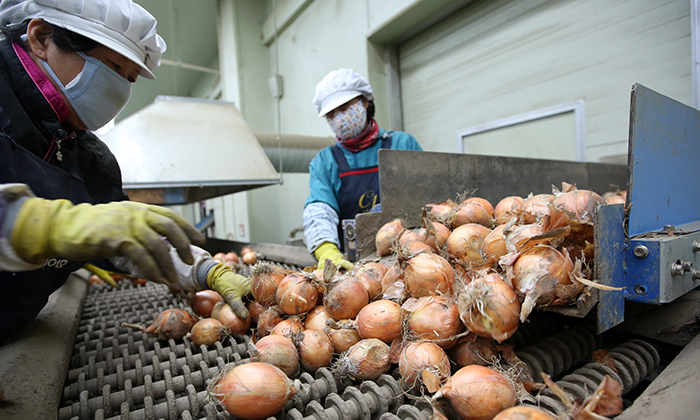
Workers separate good onions from bad at a processing plant in Hapcheon on March 26.
The town of Hapcheon in Gyeongsangnam-do (South Gyeongsang Province), home to the Tripitaka Koreana woodblocks, has nominated eight of its home-grown products as being local specialties: onions, strawberries, paprika, rice, flour, pork, beef and porcelain.
Among them, onions are the most popular agricultural product that represents the region.
Onions grown in Hapcheon are harvested from the soft soil near the Hwanggang River which has a smaller proportion of mud. These onions have a thick skin which offers a good, crispy, chewy taste. They have a well-balanced taste of both sweetness and spiciness. Hapcheon grows the third highest volume of onions in the country. These onions can be stored for a longer period of time than onions from other areas, too.
Haewain is the local brand for all agricultural produce produced in Hapcheon. The local agricultural cooperative gathers all the onions produced across the region, closely checks the quality of each one, sorts them by size and then distributes them across the country.

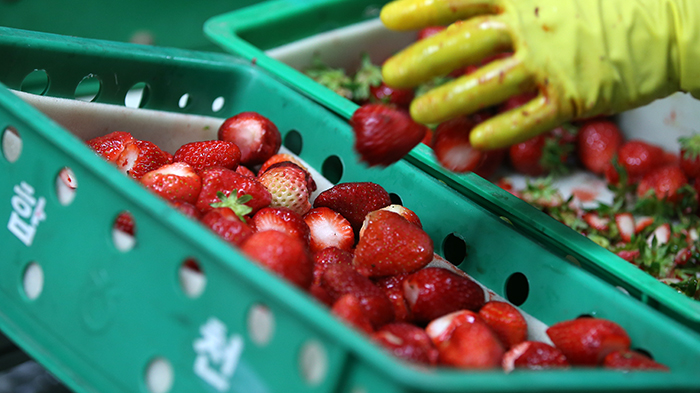
(Above) Strawberries are packed into boxes after being sorted. (Bottom) Before being processed into secondary products, strawberries have their stems cut off.
“We have no factories in Hapcheon,” said Jeong Munchel, president of Hapcheon Marketing, indirectly noting the eco-friendliness of agricultural produce grown in the area. “Along with paprika, which we produce on farms which used to grow flowers at high altitudes in cooler climatic zones and which we mostly export, we also supply ‘ice strawberries’ to deliver the exact flavor of freshly harvested strawberries, right from the farms to the consumer,” Jeong added.
Frozen quickly at minus 30 degrees Celsius, Hapcheon's ice strawberries maintain their nutritional value and taste and can be stored up to two years, becoming a good export item.
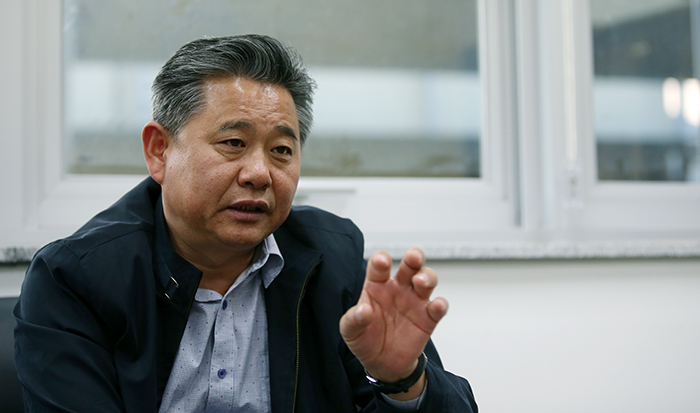
Jeong Munchel, president of Hapcheon Markeing, explains how agricultural products are produced and distributed, in Hapcheon on March 26.
Apart from farming goods, Hapcheon has been promoting local beef cattle, creating its own brand of beef, Hapcheon Hwangto Hanu. Local ranchers raise their cattle by feeding them special ingredients, including elements of hwangto, the fertile mineral-rich earth found in the region.
Hapcheon-gun County applies strict standards to select high-quality hwangto for inclusion in its cattle feed, as well as to maintain top-rated breeding and feeding programs. According to the county government, minerals contained in the hwangto enhance the cattle's metabolism and helps to boost the immune system, so that even the human body can better fight off diseases. Hwangto also makes the meat tenderer by helping the fat to attach to the muscles, offering a light and clean taste.

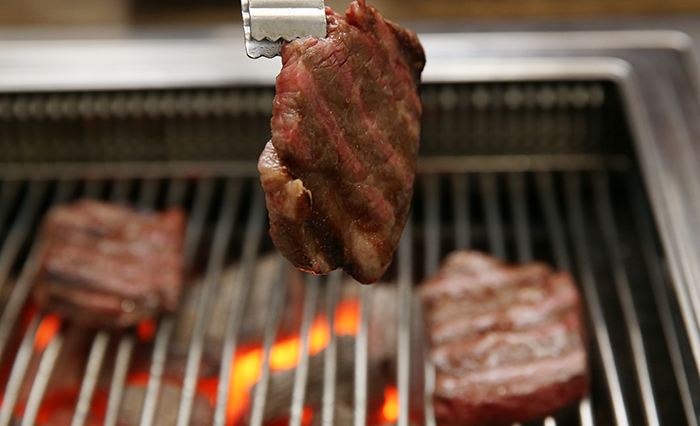
Characterized by its unique marbling, Hapcheon Hwangto Hanu is widely loved by food-lovers who visit Hapcheon, as the meat tastes light and clean, with rich juices.
“Korea-raised beef is expensive in Seoul. In Hapcheon, however, it is relatively cheap, so that anyone can eat their fill of Hapcheon Hwangto Hanu at a more affordable price,” said a county government representative, strongly recommending people to try the local beef when they visit the region.
Article by Jeon Han, Yoon Sojung
Photos: Jeon Han
Korea.net Staff Writers
hanjeon@korea.kr
Most popular
- 76 national heritage sites to allow free admission from May 15
- First Korean-style 'taxi driver' diner opened in New York
- Africa's appeal on full display at downtown festival in Seoul
- UK univ., KCC in London host Korea Day event in Sheffield
- Northern Seoul suburb hosts festival of 100 million flowers




